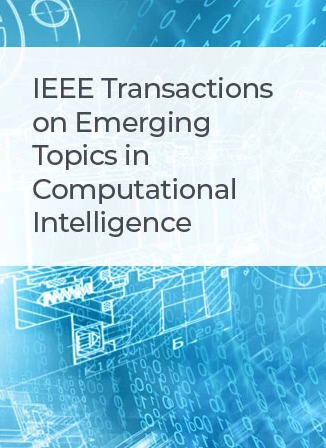面食:多元时间序列异常检测的神经结构搜索
IF 5.3
3区 计算机科学
Q1 COMPUTER SCIENCE, ARTIFICIAL INTELLIGENCE
IEEE Transactions on Emerging Topics in Computational Intelligence
Pub Date : 2024-12-09
DOI:10.1109/TETCI.2024.3508845
引用次数: 0
摘要
时间序列异常检测发现罕见的错误或有趣的事件,明显偏离正常模式。为了精确地检测异常,探测器需要捕获时间序列中复杂的潜在时间动态,通常是在多个尺度上。因此,固定设计的神经网络可能不是捕获复杂动态的最佳选择,因为不同的时间序列数据需要不同的学习过程来反映其独特的特征。本文提出了一种基于预测的神经结构搜索的时间序列异常检测框架,称为PASTA。与以往的工作不同,除了搜索操作之间的连接,我们设计了一个新的搜索空间,在时间维度上搜索每层内/层之间的循环细胞之间的最优连接,即时间连接,并通过多级配置编码网络对其进行编码。来自真实世界和合成基准的实验结果表明,PASTA发现的架构在增强的时间序列感知$F_{1}$得分上平均优于第二好的最先进基线约13.6%,证实了时间连接的设计对于时间序列异常检测至关重要。本文章由计算机程序翻译,如有差异,请以英文原文为准。
PASTA: Neural Architecture Search for Anomaly Detection in Multivariate Time Series
Time-series anomaly detection uncovers rare errors or intriguing events of interest that significantly deviate from normal patterns. In order to precisely detect anomalies, a detector needs to capture intricate underlying temporal dynamics of a time series, often in multiple scales. Thus, a fixed-designed neural network may not be optimal for capturing such complex dynamics as different time-series data require different learning processes to reflect their unique characteristics. This paper proposes a Prediction-based neural Architecture Search for Time series Anomaly detection framework, dubbed PASTA. Unlike previous work, besides searching for a connection between operations, we design a novel search space to search for optimal connections in the temporal dimension among recurrent cells within/between each layer, i.e., temporal connectivity, and encode them via multi-level configuration encoding networks. Experimental results from both real-world and synthetic benchmarks show that the discovered architectures by PASTA outperform the second-best state-of-the-art baseline by around 13.6% in the enhanced time-series aware $F_{1}$
求助全文
通过发布文献求助,成功后即可免费获取论文全文。
去求助
来源期刊

IEEE Transactions on Emerging Topics in Computational Intelligence
Mathematics-Control and Optimization
CiteScore
10.30
自引率
7.50%
发文量
147
期刊介绍:
The IEEE Transactions on Emerging Topics in Computational Intelligence (TETCI) publishes original articles on emerging aspects of computational intelligence, including theory, applications, and surveys.
TETCI is an electronics only publication. TETCI publishes six issues per year.
Authors are encouraged to submit manuscripts in any emerging topic in computational intelligence, especially nature-inspired computing topics not covered by other IEEE Computational Intelligence Society journals. A few such illustrative examples are glial cell networks, computational neuroscience, Brain Computer Interface, ambient intelligence, non-fuzzy computing with words, artificial life, cultural learning, artificial endocrine networks, social reasoning, artificial hormone networks, computational intelligence for the IoT and Smart-X technologies.
 求助内容:
求助内容: 应助结果提醒方式:
应助结果提醒方式:


